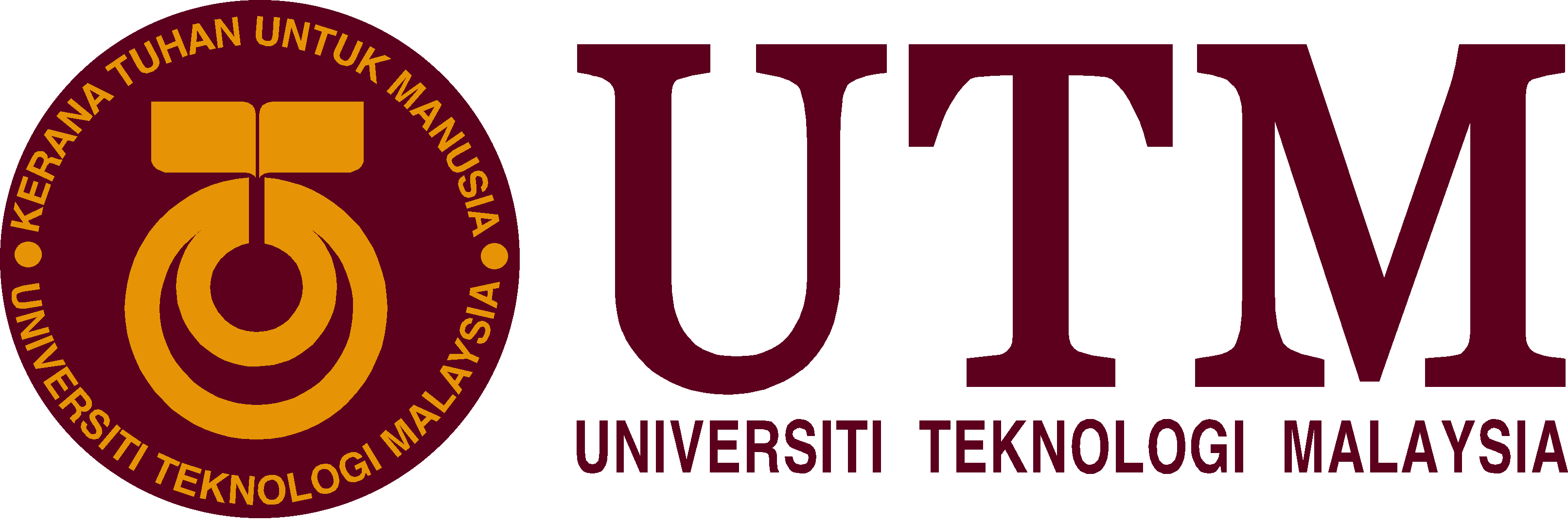In the last decade, Visual SLAM has achieved its rapid development and has drawn the attention of researchers due to its low cost and small size characteristics. Davison et al. is the pioneer of visual SLAM where he proposed Mono-SLAM for the first time in 2007. Subsequently, the Parallel Tracking and Mapping (PTAM) has been proposed by Klein et al. in 2007 by dividing the SLAM system into two sections which are tracking and mapping and it has becoming the benchmarks for the next Visual SLAM generation. To develop a complete and efficient Visual SLAM framework, the extraction of feature points is needed to maintain the accuracy of pose estimation in SLAM tracking. Several feature extraction frameworks such as OKVIS, ORB-SLAM and ORB-SLAM2 has been developed and several successful applications of Visual SLAM has been found by implementing the aforementioned frameworks. From the application of several feature extraction frameworks, the ORB-SLAM2 has been proven to become one of the best performing frameworks for localization and mapping. It can enable the system to run for a long time under large scenes and large loops, thus ensuring the global consistency of the trajectory and the map.
Recent Posts
Categories
- Awards (16)
- News (133)
- Others (3)
- Program (244)
- Attended Program (159)
- BC4DCP (61)
- PGSS Program (19)
- Program Committee (5)
- Research (490)
- Phd Journey (22)
- Research Engineer Works (5)
- Research Interest (8)
- Robot Path Planning (4)
- Single & Multi-Objective Algorithms (8)
- SLAM (2)
- Visit (2)
- Teaching (168)
- Active Learning (6)
- Blended Learning Award (10)
- Classes (121)
- E-Content (26)
- Final Year Project (2)
- Technologies in Agriculture (34)
- Travel (5)

